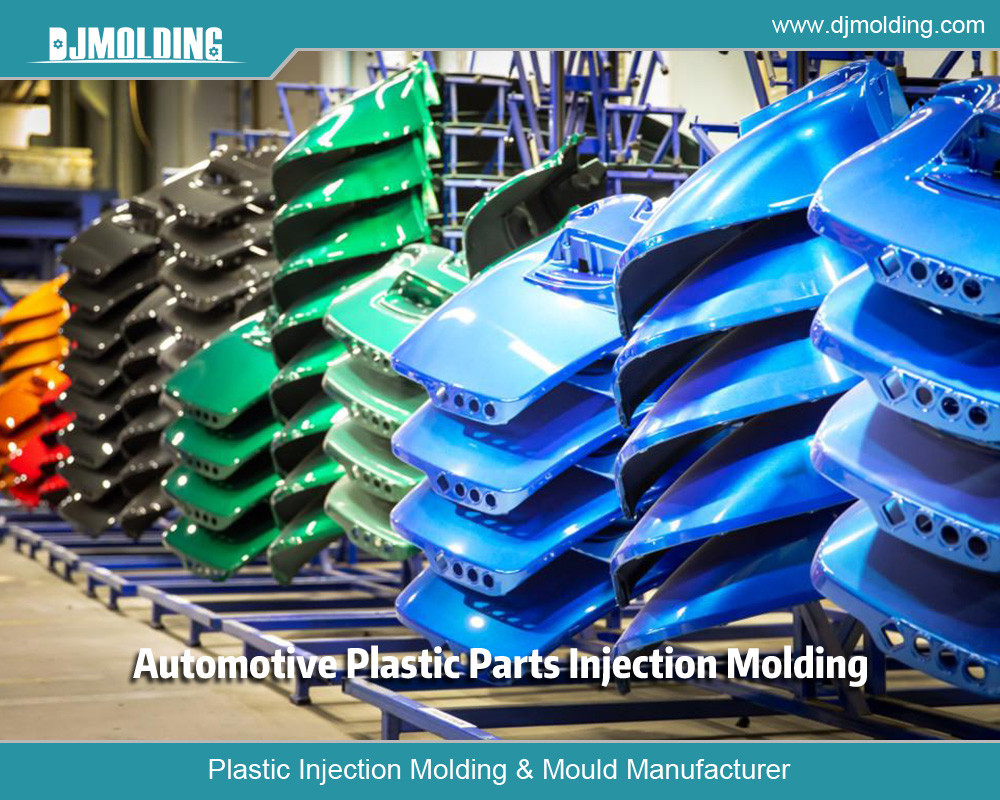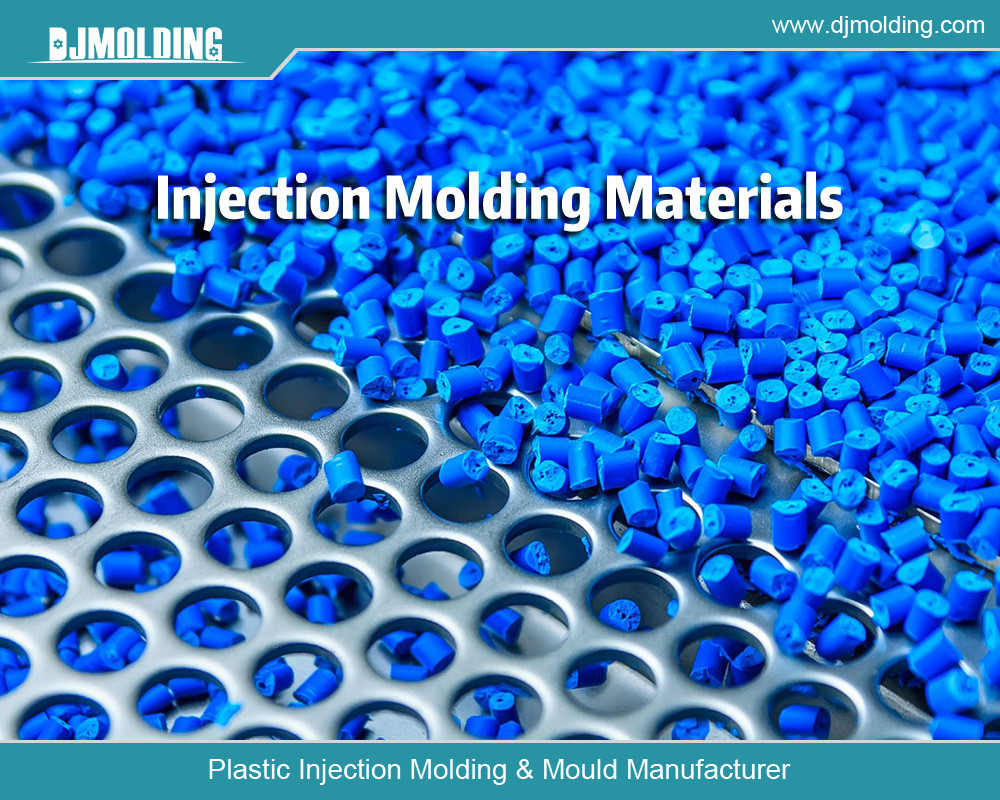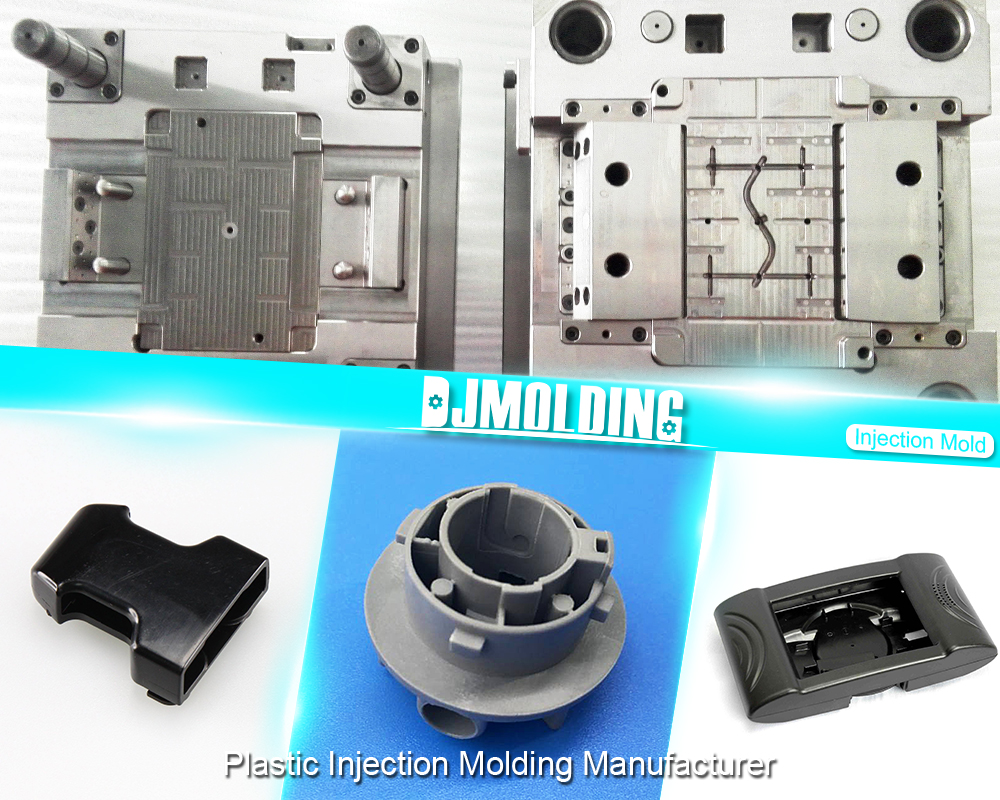A Complete Guide Of Polypropylene Injection Molding
A Complete Guide Of Polypropylene Injection Molding
Polypropylene (PP) is one of the most widely used thermoplastics globally, known for its versatility, cost-effectiveness, and robust properties. It is a polymer made from the monomer propylene and is recognized for its high impact resistance, chemical stability, and low moisture absorption. One of the essential methods for processing polypropylene into usable products is injection molding, a manufacturing process that involves injecting molten material into a mold to form a specific shape.
Polypropylene injection molding is extensively used in various industries, including automotive, packaging, consumer goods, and medical devices, due to its ability to efficiently produce complex, high-quality parts. This article comprehensively overviews polypropylene injection molding, exploring its properties, process, applications, advantages, and challenges.

Properties of Polypropylene in Injection Molding
Understanding the properties of polypropylene is crucial to optimizing the injection molding process. Polypropylene’s unique characteristics make it ideal for a wide range of applications:
- Mechanical Properties: Polypropylene exhibits excellent mechanical properties, including high tensile strength, impact resistance, and flexibility. These properties can be enhanced by incorporating additives or fillers during the compounding process.
- Chemical Resistance: Polypropylene is highly resistant to chemicals, including acids, alkalis, and organic solvents. This makes it suitable for applications in harsh environments where exposure to chemicals is daily.
- Thermal Properties: With a melting point of approximately 160-170°C, polypropylene can withstand high temperatures without deforming. It also has good thermal insulation properties, making it ideal for applications that require heat resistance.
- Low Density: Polypropylene has a low density compared to other plastics, which results in lightweight parts. This property is particularly advantageous in industries like automotive, where reducing weight is critical for fuel efficiency.
- Moisture Resistance: Unlike some other plastics, polypropylene absorbs very little moisture, ensuring dimensional stability and preventing warping or degradation over time.
- Biocompatibility: Polypropylene is biocompatible, making it suitable for medical applications, including disposable syringes, surgical instruments, and pharmaceutical packaging.
The Injection Molding Process for Polypropylene
Injection molding is a widely used manufacturing process that can produce intricate shapes and high volumes of parts with precision. The process of polypropylene injection molding involves several key steps:
- Material Preparation: Polypropylene granules or pellets are dried to remove any moisture that could cause defects in the final product. The material is then fed into the injection molding machine.
- Melting and Plasticizing: The polypropylene granules are heated in the machine’s barrel to a temperature above their melting point (typically between 200-240°C). The material is then plasticized, meaning it is transformed into a molten, viscous state.
- Injection: The molten polypropylene is injected into a mold cavity at high pressure using a reciprocating screw or plunger. The mold is precisely designed to form the desired shape of the part.
- Cooling: Once the molten polypropylene fills the mold cavity, it cools and solidifies. Cooling is a critical step, as it affects the final properties of the part, including its dimensional accuracy and surface finish.
- Ejection: After sufficiently cooled and solidified, the mold opens, and the part is ejected using ejector pins or plates. The mold then closes, and the cycle repeats for the next part.
- Post-Processing: Depending on the application, post-processing steps such as trimming, deburring, painting, or assembly may be required. These steps ensure the final product meets all specifications and quality standards.
Applications of Polypropylene Injection Molding
Polypropylene injection molding is used across various industries because it produces high-quality, durable parts at a relatively low cost. Some of the most common applications include:
- Automotive Industry: Polypropylene is extensively used in the automotive industry to manufacture components such as bumpers, dashboards, door panels, and interior trims. Its lightweight nature helps reduce the overall weight of vehicles, improving fuel efficiency.
- Packaging Industry: Polypropylene’s chemical resistance, durability, and cost-effectiveness make it ideal for packaging applications. It produces food containers, bottle caps, plastic jars, and packaging films.
- Consumer Goods: Polypropylene produces household items such as storage containers, kitchen utensils, toys, and furniture. Its impact resistance and flexibility make it suitable for durable and longevity products.
- Medical Devices: The biocompatibility and sterilizability of polypropylene make it a preferred material for medical devices and equipment. It is used to produce disposable syringes, medical trays, specimen containers, and pharmaceutical packaging.
- Electrical Components: Polypropylene is used in the electrical industry to produce components such as cable insulation, battery cases, and electrical housings due to its excellent insulating properties and resistance to heat and chemicals.
- Textiles and Fibers: Polypropylene fibers are used in the textile industry to manufacture carpets, upholstery, and non-woven fabrics. These fibers are valued for their strength, weight, and resistance to moisture.
Advantages of Polypropylene Injection Molding
Polypropylene injection molding offers several advantages that make it a popular choice for manufacturers:
- Cost-Effectiveness: Polypropylene is one of the most cost-effective thermoplastics available. Its low cost, combined with the efficiency of the injection molding process, allows for the mass production of parts at a relatively low price.
- Versatility: Polypropylene can be easily molded into various shapes and sizes, from small, intricate parts to significant, complex components. This versatility makes it suitable for a broad spectrum of applications.
- High Production Efficiency: Injection molding is a highly efficient manufacturing process capable of quickly producing large quantities of parts. This is particularly advantageous in industries that require high-volume production.
- Dimensional Accuracy and Consistency: The injection molding process allows precise control over part dimensions, ensuring consistent quality and accuracy across large production runs. This is essential in industries such as automotive and medical devices, where precision is critical.
- Material Recycling: Polypropylene is fully recyclable, and the injection molding process generates minimal waste. Scrap material and defective parts can be reprocessed and reused, reducing material costs and environmental impact.
- Customization: Polypropylene can be easily customized with additives, colorants, and fillers to achieve specific properties or appearances. This flexibility allows manufacturers to tailor the material to meet the unique requirements of each application.
Challenges in Polypropylene Injection Molding
While polypropylene injection molding offers many advantages, there are also several challenges that manufacturers may encounter:
- Shrinkage: Polypropylene has a relatively high shrinkage rate compared to other plastics, which can lead to dimensional variations in the final product. Proper mold design and process control are essential to minimize shrinkage and ensure part accuracy.
- Warpage: Warpage occurs when different areas of the part cool and solidify at different rates, leading to deformation or distortion. Warpage can be mitigated by optimizing mold design, cooling rates, and material flow during injection.
- Mold Design Complexity: Designing molds for polypropylene injection molding can be complex, especially for parts with intricate geometries or tight tolerances. The mold must be carefully engineered to ensure proper material flow, cooling, and ejection.
- Cycle Time Optimization: Reducing cycle time is crucial for maximizing production efficiency but requires careful balance. If the cycle time is longer, the part may fully cool and solidify, leading to defects. Conversely, a longer cycle time reduces overall production speed.
- Material Handling and Storage: Polypropylene must be appropriately handled and stored to prevent contamination and moisture absorption, which can negatively affect the injection molding process. Drying the material before processing is often necessary to avoid defects.
- Environmental Considerations: While polypropylene is recyclable, injection molding consumes energy and resources. Manufacturers must consider the environmental impact of their operations and explore ways to reduce energy consumption and waste.
Innovations in Polypropylene Injection Molding
As technology advances, innovations in polypropylene injection molding continue to emerge, offering new possibilities for manufacturers:
- Advanced Mold Design: Modern mold design techniques, including computer-aided design (CAD) and simulation software, allow for more precise and efficient mold creation. These tools enable manufacturers to optimize material flow, cooling, and ejection, reducing cycle times and improving part quality.
- Additive Manufacturing: Additive manufacturing, or 3D printing, is increasingly used to create prototype molds and parts. This technology allows for rapid prototyping and testing, reducing the time and cost associated with traditional mold-making methods.
- Process Automation: Automation technologies, such as robotic arms and conveyor systems, are being integrated into injection molding operations to improve efficiency, reduce labor costs, and enhance consistency. Automated systems can handle material feeding, part ejection, and quality inspection tasks.
- Sustainable Materials: Developing bio-based and recycled polypropylene materials is gaining traction as manufacturers seek to reduce their environmental footprint. These sustainable materials offer similar properties to traditional polypropylene while minimizing reliance on fossil fuels and reducing waste.
- Multi-Component Molding: Multi-component injection molding allows for producing parts made from multiple materials or colors in a single molding cycle. This process is beneficial for creating complex parts with varying properties, such as soft-touch grips or over-molded seals.
- In-Mold Decoration and Labeling: In-mold decoration (IMD) and in-mold labeling (IML) are techniques that allow graphics, labels, or textures to be applied to a part during the molding process. These methods eliminate the need for secondary printing or labeling operations, saving time and reducing costs.

Conclusion
Polypropylene injection molding is a versatile and efficient manufacturing process critical in producing various products across various industries. Its unique properties, including chemical resistance, low density, and biocompatibility, make it an ideal material for applications in automotive, packaging, consumer goods, medical devices, and more.
Despite its many advantages, polypropylene injection molding presents challenges, such as shrinkage, warpage, and mold design complexity. However, ongoing innovations in mold design, process automation, and sustainable materials are helping manufacturers overcome these challenges and continue to push the boundaries of what is possible with polypropylene injection molding.
As the demand for high-quality, cost-effective plastic products grows, polypropylene injection molding will remain a cornerstone of modern manufacturing, offering unparalleled versatility, efficiency, and customization. Whether you are a seasoned manufacturer or new to the field, understanding the intricacies of polypropylene injection molding is essential for success in today’s competitive market.
For more about a complete guide of polypropylene injection molding, you can pay a visit to Djmolding at https://www.djmolding.com/molding-service/ for more info.




